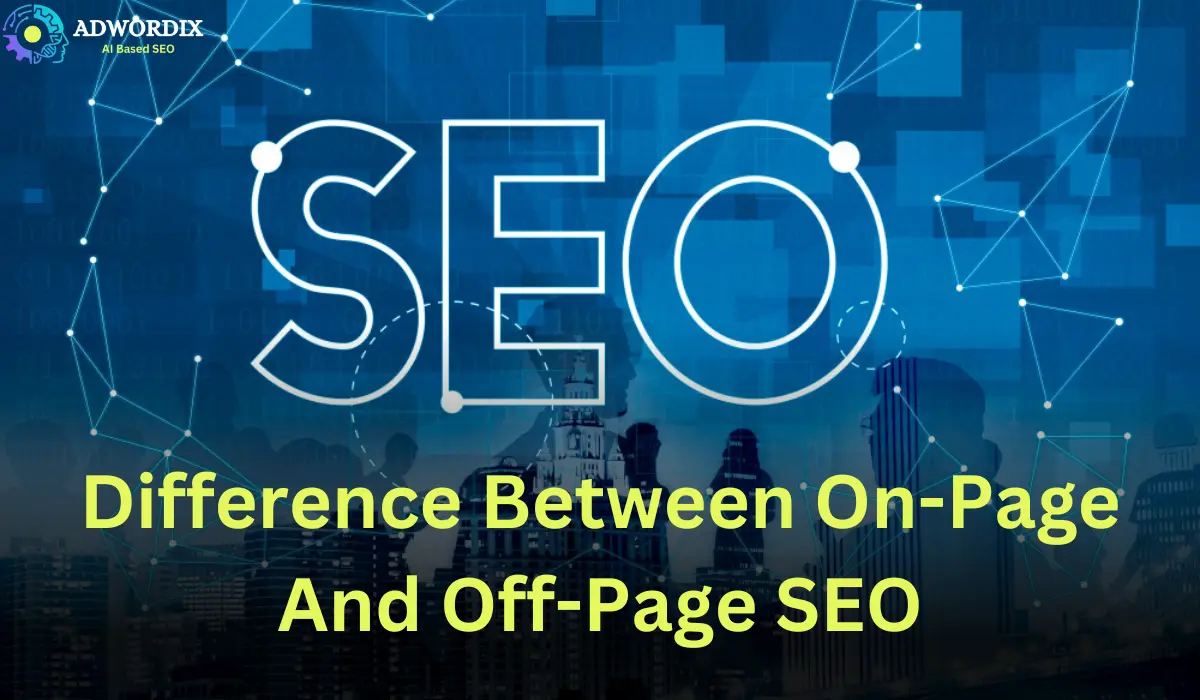In the ever-evolving digital marketing realm understanding the differences between SEO (search engine optimization) and SEM (search engine marketing) is crucial for businesses seeking to enhance their online visibility. Both strategies aim to improve search engine presence yet they operate distinctly and serve varied purposes.
Search engine optimization is to make your website more visible and optimized to appear higher in organic search results. This involves techniques such as keyword optimization, creating high-quality content, and building backlinks. The goal is to attract and retain visitors naturally by improving your site’s relevance and authority. Over time, SEO can generate sustainable and cost-effective traffic, but it requires patience and ongoing effort.
Conversely, SEM uses paid strategies like pay-per-click (PPC) advertising to achieve immediate visibility on search engine results pages (SERPs). Businesses that create targeted ads and bid on keywords can get traffic and results quickly. However, this approach involves continuous investment to maintain visibility and can be more costly in the long run.
Grasping how and when to employ each strategy can significantly influence a business’s success in the digital landscape. Utilizing the advantages of both SEO and SEM to achieve both short- and long-term growth is a common component of a well-rounded strategy. Businesses can optimize their online presence, increase traffic, and eventually improve their bottom line by skillfully balancing these strategies.
What is SEO?
Search engine optimization or SEO is the process of making a website more visible in natural search results. This process includes:
- On-page SEO: Enhancing content and HTML source code.
- Off-page SEO: building backlinks from other reputable sites.
- Technical SEO: Improving site architecture and performance.
SEO benefits include long-term results and cost-effectiveness although it requires time and effort to see significant changes. Effective SEO can increase organic traffic brand credibility and the overall user experience.
What is SEM?
SEM or search engine marketing encompasses paid search strategies to gain visibility on search engines. This includes:
- Pay-per-click (PPC) advertising: paying for ad placements on search results.
- Display ads: visual advertisements on websites.
- Retargeting: targeting users who have previously visited the site.
SEM provides immediate results and precise targeting but can be costly and requires ongoing investment to maintain visibility. Despite the higher costs SEM can be highly effective for quick market penetration time-sensitive promotions and driving targeted traffic to achieve specific business goals. Integrating SEM with SEO can maximize overall digital marketing effectiveness.
SEO vs. SEM: Key Differences
Results Timeline
SEO is a long-term strategy that involves optimizing your website with quality content, keywords, and backlinks to improve organic search rankings. It can take several months to see significant results from SEO efforts, as search engines need time to index and rank your optimized content. Conversely, SEM provides instant visibility by placing paid ads in search engine results, with businesses seeing traffic as soon as the ads go live. This makes SEM ideal for short-term campaigns such as promotions or new product launches.
Cost and Budget Considerations
While SEO requires an initial investment in quality content and optimization, it becomes more cost-effective over time as the need for ongoing expenses decreases. In contrast, SEM requires a continuous budget to maintain visibility, with businesses paying for every click (PPC), which can add up quickly.
Long-term vs. Short-term Impact
SEO service is focused on building a solid foundation for long-term success, achieving sustained organic traffic by continuously improving your site’s authority and relevance. SEM, on the other hand, is effective for short-term goals, perfect for seasonal promotions or quickly boosting visibility, but visibility can drop as soon as you stop paying for ads.
Focus and Strategy
SEO emphasizes organic growth through high-quality content, a positive user experience, and building authority over time. SEM leverages paid strategies to gain immediate visibility and traffic, allowing for precise ad targeting and quick adjustments based on performance metrics.
Detailed Comparison
Performance Metrics
SEO metrics include organic traffic, keyword rankings, and backlinks. SEM metrics include click-through rates (CTR), conversion rates, and ad performance metrics such as cost per click (CPC) and return on investment (ROI).
When to Use
SEO is ideal for businesses focusing on long-term steady growth through organic means, while SEM is effective for quick market penetration, product launches, and time-sensitive promotions.
Case Studies/Examples
SEO Success Example
A local restaurant optimized its website with local SEO practices, significantly increasing organic traffic and long-term customer engagement.
SEM Success Example
An e-commerce store launched a new product line using PPC campaigns, resulting in immediate sales boosts and brand awareness.
Choosing the Right Strategy for Your Business
Selecting between SEO and SEM depends on factors such as industry, budget, and business goals. A blended approach often leverages the strengths of both strategies, providing immediate traffic through SEM and sustainable growth through SEO.
Conclusion
SEO and SEM are potent digital marketing tools with unique advantages and applications. By understanding the differences and integrating both strategies, businesses can achieve a balanced approach that enhances their online presence, drives more traffic, and boosts business success.





